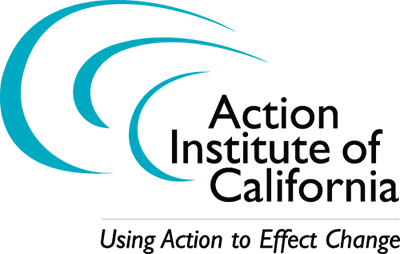 EVER NOTICE THAT SOME TEAMS WORK REALLY WELL TOGETHER?
EVER NOTICE THAT SOME TEAMS WORK REALLY WELL TOGETHER?
Their individual and collective creativity is at its peak, they get along well and respect each other, and they always collaborate beautifully?
What differentiates that team from the one that fails?
Sociometry.
Most teams are formed without any thought of how well they will work together, but rather, someone retires or takes another job, and it leaves a spot in a particular department. Whether the next in line is promoted from within, or someone is hired from the outside, do we stop to question if she’s the right fit for that team?
Do we ask questions such as:
Does she have a similar work style and ethic as those already on the team?
Does she have a similar way of communicating?
Does this team know her and trust her?
Is she even a good leader?
Attention to these factors is vital, as studies have determined that when it comes to job satisfaction, one’s relationship with their boss matters even more than the size of their paycheck. Workers with unsupportive supervisors are twice as likely to feel sad and helpless, according to researchers at Florida State University in Tallahassee.
Sociometry, developed by Dr. JL Moreno at the beginning of the 20th Century, allows us to look at the underlying connections in a group, as well as the covert, often unspoken disconnects that can inhibit productivity within a workplace. Through sociometry, these conflicts can be weeded out, unspoken connections can be identified and nurtured, teams can be realigned and the organization can function at a higher level, allowing for more productivity and increased morale. The more satisfied people are at work, the more productive they are, which results in a better business for everyone.
CONFLICT RESOLUTION
In work environments, there is often unresolved conflict that not only is not processed, but is rarely even spoken about. Moreover, most managers are not trained in how to resolve these types of conflicts, or worse, may be in the midst of one of them with a staff member. The proverbial “elephant in the middle of the room” impedes employees’ ability to concentrate on their work, and thus affects not only the staff, but also the bottom line.
Everyone avoids things that are uncomfortable – it’s just human nature. Therefore, it’s important to create an atmosphere of safety to assist both management and front line staff in just how to initiate and follow through on difficult conversations that they sometimes would prefer to not have.
Effective communication is a skill that can be taught and, with practice, can be mastered. Moreover, those skills are best practiced in a safe and supportive environment, to allow for appropriate risk taking that won’t have negative implications for the team or the company.
It doesn’t matter at what level the anxiety exists – with the CEO or between employees – it affects the “mood” in the organization, and that negativity is contagious.
Through the process of a classical encounter, those in conflict can be helped to state their concerns in a mutually-respectful way, and work through them productively. As a result, everyone benefits: they’ve all been feeling the tension, and they will all feel the relief that can lead to greater morale, greater productivity and a happier workplace for everyone.
CRISIS INTERVENTION
Often when there has been a crisis within an organization, employees are expected to just carry on as though nothing has happened. This could manifest as a death, a downsizing, a move, termination of a top-level employee (either through quitting or firing), a merger, loss of a major account, or any a number of other scenarios. Or if there have been layoffs, the anxiety level amongst the staff – and the fear that their job is next – will interfere with their capacity at work.
Studies in work environments have demonstrated that if the staff’s anxiety and loss have not been attended to, productivity and morale fall sharply, and the use of sick days and personal days rises. Therefore, it is in a company’s best interests to encourage employees to have their process and get to the other side of the crisis.
Through the action methods of sociometry and sociodrama, the staff can be assisted in doing just that, so that together, they can work through the big loss or shift, and be assured that the company – and they – can survive it, and go on to thrive.
For more information please contact us.
